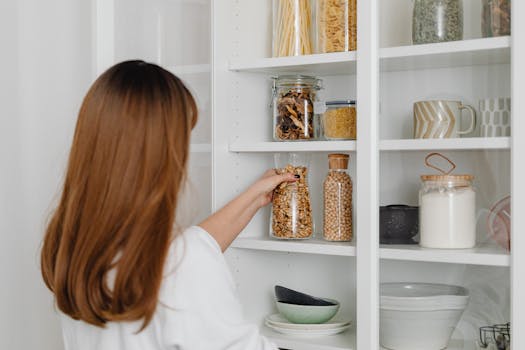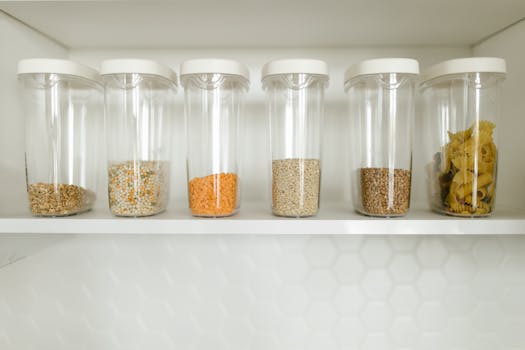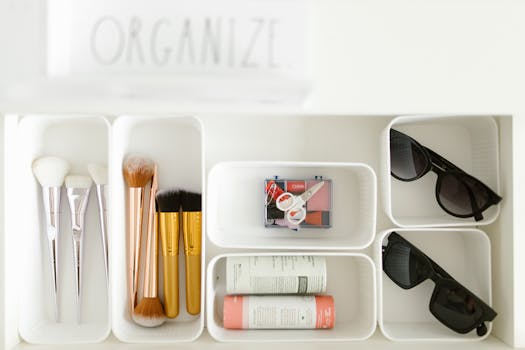
“
Introduction to Minimalist Living
Minimalist living is a lifestyle that has gained popularity in recent years, and for good reason. By embracing minimalism, individuals can simplify their lives, reduce stress, and increase productivity. At its core, minimalist living is about living with only the essentials and removing unnecessary clutter from your life. In this article, we will explore the benefits of minimalist living and provide tips on how to incorporate this lifestyle into your daily life.
Benefits of Minimalist Living

There are numerous benefits to embracing minimalist living. Some of the most significant advantages include:
- Reduced stress and anxiety: Clutter and disorganization can contribute to feelings of stress and anxiety. By removing unnecessary items from your life, you can create a more peaceful and calming environment.
- Increased productivity: Minimalist living can help you focus on what is truly important and eliminate distractions. By streamlining your possessions and tasks, you can achieve more in less time.
- Improved mental clarity: With a clutter-free environment, you can think more clearly and make better decisions. Minimalist living can help you prioritize what is truly important and let go of non-essential tasks and possessions.
- Financial savings: Embracing minimalist living can help you save money by reducing your consumption of non-essential items. By buying fewer things, you can allocate your resources more efficiently and make the most of your budget.
How to Embrace Minimalist Living

Embracing minimalist living is a journey that requires commitment, patience, and dedication. Here are some tips to help you get started:
- Start small: Begin by decluttering one area or room at a time. This will help you build momentum and develop the skills and habits necessary for maintaining a minimalist lifestyle.
- Identify your values: Reflect on what is truly important to you and what brings you joy. This will help you prioritize your possessions and activities and make intentional decisions about how you allocate your time and resources.
- Let go of non-essential items: Be ruthless when it comes to getting rid of items that no longer serve a purpose or bring you joy. Consider donating or selling items that are still in good condition, and discard items that are broken or no longer useful.
- Practice mindful consumption: Before making a purchase, ask yourself if it aligns with your values and if it will add value to your life. Consider the potential consequences of your purchasing decisions, including the impact on your finances, the environment, and your mental well-being.
Maintaining a Minimalist Lifestyle

Maintaining a minimalist lifestyle requires ongoing effort and commitment. Here are some tips to help you stay on track:
- Schedule regular decluttering sessions: Set aside time each month to review your possessions and get rid of anything that is no longer needed or useful.
- Practice self-care: Take care of your physical, emotional, and mental well-being by engaging in activities that bring you joy and fulfillment.
- Stay organized: Use tools and systems to stay organized and focused, such as calendars, to-do lists, and project management software.
- Cultivate meaningful relationships: Invest in relationships with people who share your values and support your goals, and let go of relationships that drain your energy or distract you from your priorities.
Conclusion

Embracing minimalist living can be a transformative experience that simplifies your life, reduces stress, and increases productivity. By following the tips and strategies outlined in this article, you can embark on a journey to create a more intentional, clutter-free, and fulfilling life. Remember, minimalist living is a personal choice that requires commitment, patience, and dedication. With time and practice, you can develop the skills and habits necessary to maintain a minimalist lifestyle and achieve your goals. For more insights on creating a cozy atmosphere, check out our article on lighting solutions.






